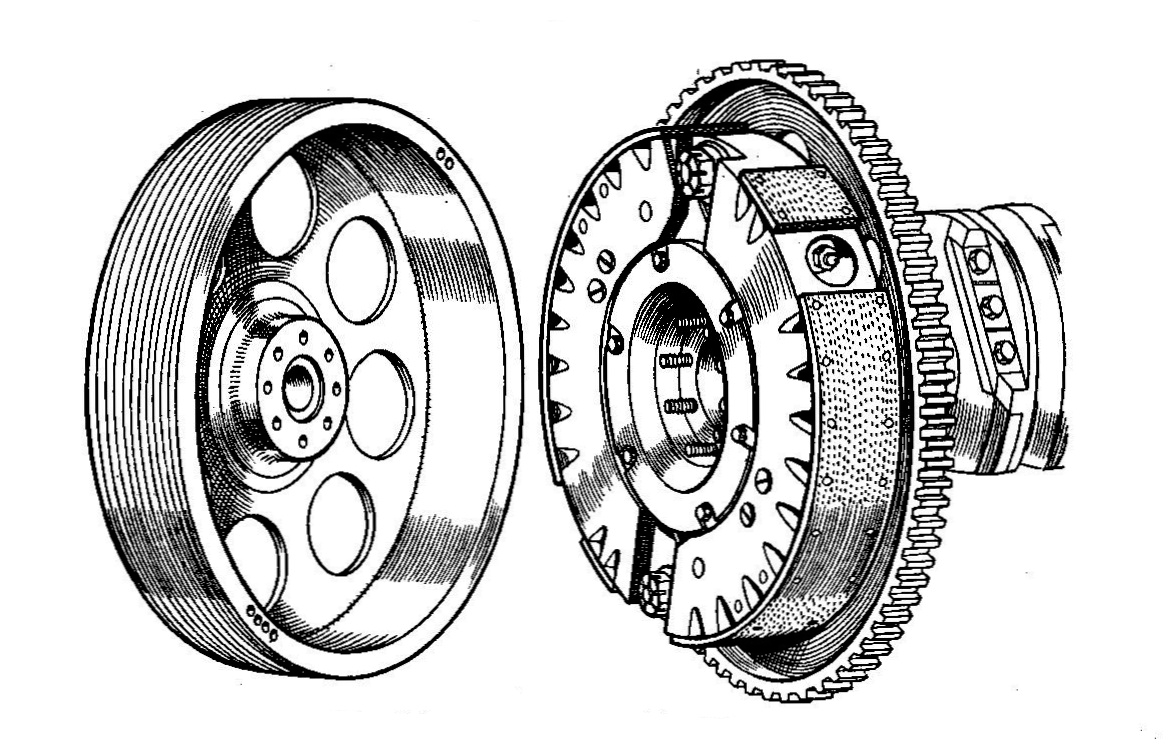I'm putting together a ceiling-mounted clothes rack. The rack is raised and lowered with rope and pulleys.
If the rack is raised under full load and accidentally released, then the system could be damaged and it might pose a danger to anyone near it. I'd like some type of device that will control the rate of descent, but I'm not an engineer and I'm not familiar enough with the correct terminology for parts to google for a solution.
I want the braking force to be proportional to the velocity of the descent, so some analogy of a dashpot I imagine is the answer. It should descend at (approximately) the same velocity no matter the amount of weight on the load.
I found some ideas online but not exactly what I want. Some solutions will stop the rope from moving if it accelerates too quickly. I don't want the load to stop moving, just be limited to some set value.
I had an idea where I have a ring around the rope at some point that exerts minimal friction to the rope. The ring is attached to a pivot. If the rope moves through the ring too quickly, this exerts a force on the ring which would rotate around the pivot point. The ring would then exert a greater amount of friction on the rope, thus slowing the load. I don't know if this would work. I think it would be tricky to calibrate and I'm not sure if it would have the correct effect. I don't think the friction between the rope and the ring increases with the speed of the rope.
Another idea would be to at some point have the rope move through a pulley and the pulley has an inefficient propeller attached to it. As the speed increases, so the does the air resistance thus slowing the descent. But that sounds cumbersome.
Ideally, I'd like the rack to descend at a constant speed that's independent of the weight of the rack at that time, yet ascend unimpeded as fast as the user can pull it back up.
Can someone point me in the direction of the simplest mechanism that would solve this?


